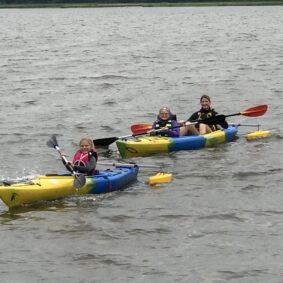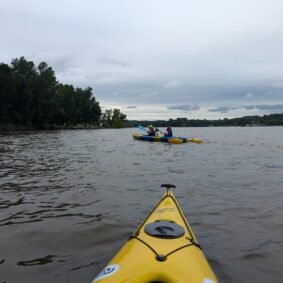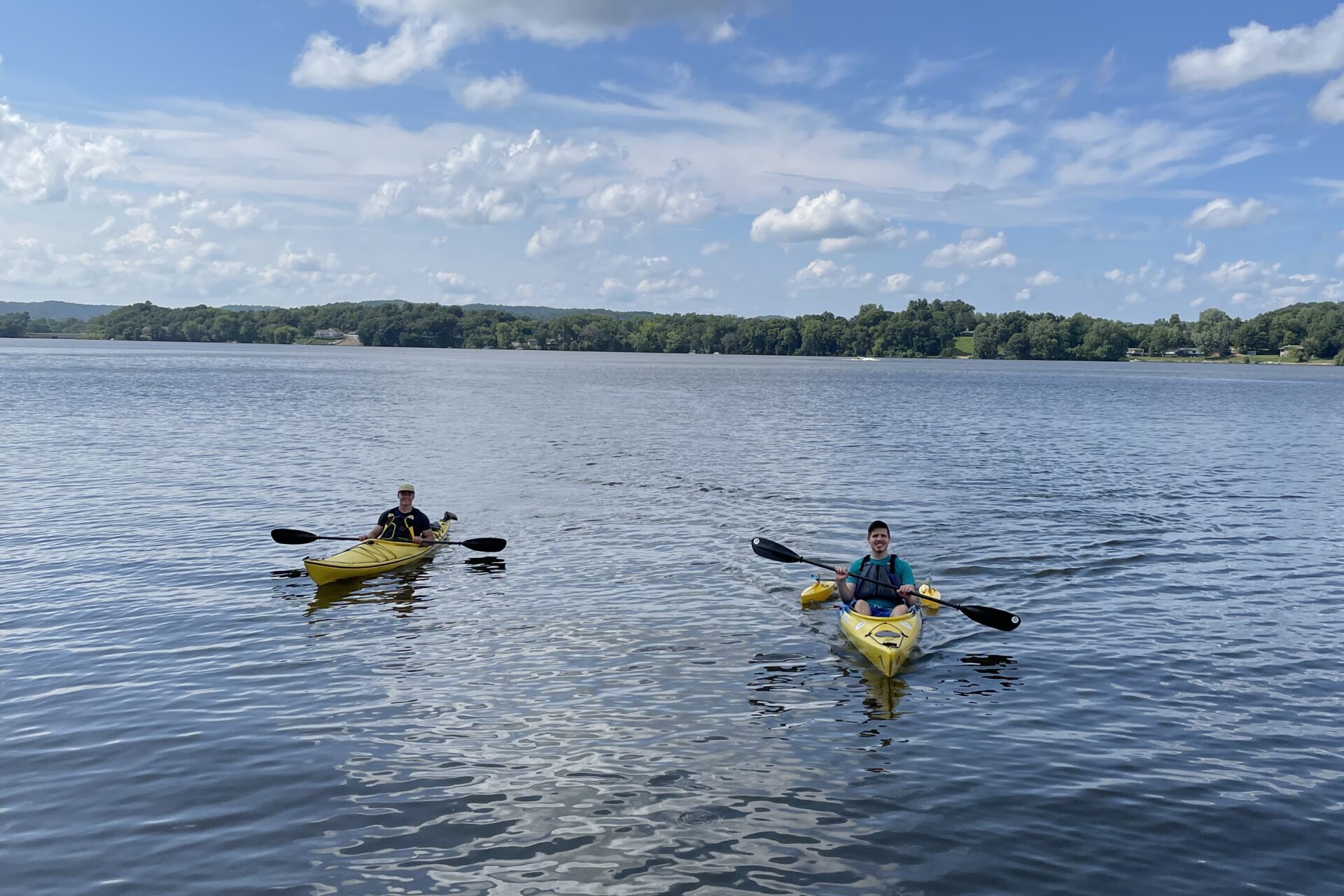
Inclusive Waters: What Are The Barriers and Benefits to Adaptive Kayaking?
Living and growing up in the Wisconsin area, many individuals will spend time at the lake or rivers nearby. Floating, paddling, and swimming on these well known or secret waterways is often a favorite pastime for family and friends. It allows for the opportunity to reconnect with nature, rejuvenate, and explore the wildlife in our home state! Although kayaking is a very popular summer activity, the general public may not be aware of the barriers an individual could encounter while participating in this watersport.
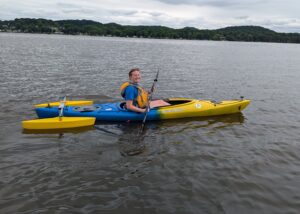
Barriers to kayaking could include lack of transportation, non accessible location, financial barriers, ability or skill set, access to equipment, and overall knowledge of the recreational activity to name a few. These barriers can oftentimes discourage an individual from participating in kayaking independently. This issue brings light to the importance of providing resources and adaptive equipment to the local community to allow for an inclusive experience that family and friends can bond over and benefit from every summer.
Now, what makes kayaking adaptive? A major reason is the different adaptive equipment that is utilized to ensure overall safety and comfort while kayaking for each individual. Kayaking requires a variety of skills such as paddling, steering, movement, and balance. With these different skills, a different adaptive equipment can be utilized to provide the best experience!
Let’s learn about a few of the adaptive equipment that can be used. To prevent individuals from tipping and to assist in stability, there are stabilizers attached to the rear of the kayak called outriggers. To assist in paddling there are a variety of hand grips, pivot paddles to accommodate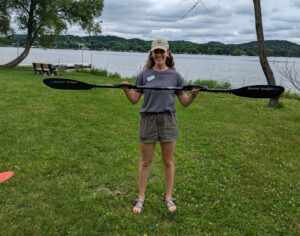 for shoulder restraints, and lightweight paddles for ease of movement. Different adaptations can be utilized to assist with truncal support when sitting in the kayak and a transfer system can be used to assist with moving into the kayak in a safe manner. All of these adaptive equipment can help enhance the experience for an individual who has never been in a kayak before or who may require assistance with different movements and skills.
for shoulder restraints, and lightweight paddles for ease of movement. Different adaptations can be utilized to assist with truncal support when sitting in the kayak and a transfer system can be used to assist with moving into the kayak in a safe manner. All of these adaptive equipment can help enhance the experience for an individual who has never been in a kayak before or who may require assistance with different movements and skills.
What are the overall benefits to adaptive kayaking? It is the perfect recreational activity to increase one’s self-efficacy, resilience, and self-determination. This sport will increase an individual’s balance, upper body strength, core, and range of motion. The best part, you get to  be outside exploring nature which helps decrease anxiety, depression, and stress levels. Overall kayaking can improve an individual’s overall quality of life and health!
be outside exploring nature which helps decrease anxiety, depression, and stress levels. Overall kayaking can improve an individual’s overall quality of life and health!
Lucky enough for the La Crosse Area, two nonprofit organizations collaborate to provide adaptive kayaking to the community at Lake Neshonoc in West Salem. This is a FREE program that is provided by N.A.S.A (National American Squirrel Association) and STAR Center La Crosse, who partner facilitate programming for individuals with a variety of disabilities to learn and try kayaking for free! This is a great way to meet new people, try a new recreational activity, and to spend time on the lake this summer! Check out STAR Center Website to sign up today!
Written By: Emma Zibble

